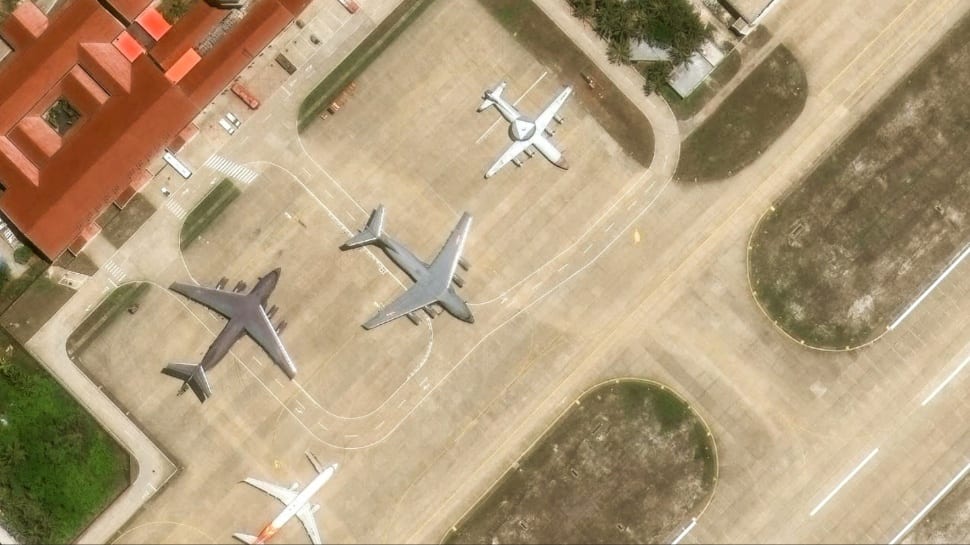China has sent H-6 long-range bombers to Woody Island, its strategic military base in the disputed Paracel Islands, in what has been widely interpreted as a show of force ahead of the Shangri-La Dialogue, an influential regional security conference in Singapore.
Satellite photos taken between May 17 and May 23 by the US company Maxar Technologies verified at least two H-6 bombers present on the island, joined by a KJ-500 airborne early warning airplane and Y-20 cargo planes. The deployment reflected Beijing’s attempt to assert control over the disputed South China Sea and represented strategic intent directed at regional rivals and the United States.
The timing of the deployment, mere days ahead of defense leaders such as US Defense Secretary Lloyd Austin and French President Emmanuel Macron, who are set to deliver speeches at the Shangri-La Dialogue, has caused suspicion of Beijing’s intentional messaging. The action is meant to reinforce China’s military presence and deterrence power in light of heightened tensions within the region.
Strategic Stronghold In Dispute
Woody Island, or Yongxing Island in Chinese, is the biggest island among the Paracel Islands and has been a key fulcrum in Beijing’s territorial disputes for a long time. The island is home to a 3,000-meter runway, fortified hangars, and radar facilities, which make up the center of China’s South China Sea militarisation. The area is partly claimed by Taiwan and Vietnam, and Beijing has exercised de facto control since the 1970s.
China claimed sovereignty over all but a few miles of the South China Sea, a claim denied by a 2016 international tribunal decision under the United Nations Convention on the Law of the Sea (UNCLOS). In defiance of global criticism, Beijing has pressed on expanding its military presence through island-building and forward deployment.
Tensions rise in the South China Sea
Chinese H-6 bombers spotted on Woody Island, escalation in China’s militarisation of the South China Sea@susanmtehrani reports pic.twitter.com/pkfegLY6Ij
— WION (@WIONews) May 28, 2025
H-6: Cold War Relic Turned Modern Strike Platform
The H-6 bomber, developed by Xi’an Aircraft Industrial Corporation, is a modernised version of the Soviet-era Tupolev Tu-16. First introduced into China’s arsenal in 1958, the aircraft has undergone extensive upgrades, transforming it from a Cold War relic into a sophisticated platform for long-range precision strikes, maritime interdiction, and nuclear deterrence.
Modern models such as the H-6K and H-6N are fitted with enhanced D-30KP-2 turbofans, modern avionics, and in-flight refuelling. The H-6K can be equipped to carry seven CJ-10A cruise missiles or YJ-12 supersonic sea-attack missiles, whereas the H-6N model is capable of carrying air-launched ballistic missiles or unmanned aerial vehicles, providing increased operational flexibility.
Military analysts put the range of the H-6K at more than 2,200 miles, which means it can reach strategic U.S. and allied bases throughout the First Island Chain, including Guam and Okinawa.

